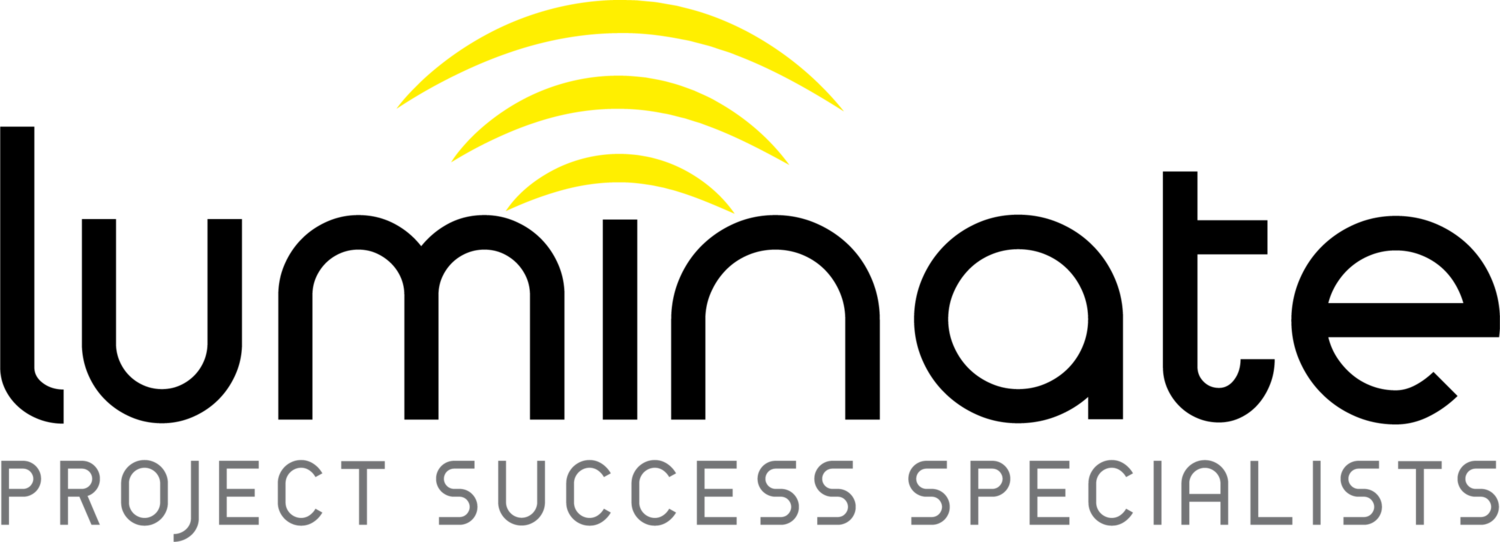We’ve all experienced fatigue before, but what do people mean when they talk about project fatigue? Within a project it often describes the circumstance where people lose sight of the reason for the project and their focus shifts solely to completion of tasks, which in turn leads to a drop in energy levels and motivation. Knocking items off a to-do list may be satisfying, but it’s not what drives people to get out of bed and go to work each day.

So what can you do to battle project fatigue? First go back to basics and make sure you really understand the outcomes the project is meant to deliver and the business problem the project is meant to solve. Redefine the project’s work programme around a series of delivery goals that are linked to the overall project outcome. Make sure the project team understands these linkages, has an emotional attachment to solving the business problem, and celebrate the achievement of goals as you work toward the end outcome. In short, break the project into manageable chunks and keep the project team outcome focused and motivated towards achievement of goals rather than completion of tasks. Enlist the help of your project sponsor to reinforce these messages and make the team feel that what they are doing is valuable to the organisation.
In agile software development this is done by organising projects into a series of short duration intervals or sprints where the outcome of each sprint is to deliver working software to the customer. There is a constant focus on delivering customer value as early as possible, but each sprint goal still needs to be referenced back to how it is contributing to the overall end project outcome. As goals are met and progress is measured this creates a sense of achievement within the team and keeps them motivated and energised.
This doesn’t mean team members won’t have times when they feel exhausted after putting in a big shift. If this happens the simple answer is to give people a chance to refresh and revitalise. If you continually burn out teams, you quickly become the person nobody wants to work for and people will get fed up with being constantly exhausted and leave.
The key takeaways are that PM’s need to get to know their teams and:
- constantly remind them of the outcome they are all working towards and the business problem the project is trying to solve;
- work with them to set goals on the path towards achieving that outcome;
- keep an eye on how the team (including themselves) are travelling over the course of the project;
- build constant review and reflection cycles into project processes so that the team are learning lessons and striving to improve continuously.
Project Fatigue can also be used to describe the wider condition within an organisation where the number of change initiatives being implemented and the methods used to implement them lead to increased stress, exhaustion, and decreased organisational motivation. This is often referred to as change fatigue and it is an issue that is becoming more prevalent as the pace of change demanded by executives continues to accelerate.
Understanding that there may be an issue is one thing, but how do you go about delivering in an environment where stakeholders may:
- feel they’ve been bombarded with too much change at once and have no clear guidance on priorities between different initiatives;
- have seen too many previous change initiatives fail;
- feel that the project will likely mean they have to try and fit more work into an already overloaded workday.
In a similar way to how project fatigue can be managed within a project team, PM’s need to try to get stakeholders to understand the outcome the project will deliver and what it means to them in terms of the potential it provides to achieve a positive outcome for their organisation. Enthusiastic change advocates from within the stakeholder community should be identified and used as a change leader group that can help develop the change implementation plan. In this way the plan can be participant led and owned and it will have a better chance of adoption.
The plan should be organised around a series of goals linked to the overall change outcome so that progress can be measured and celebrated. Delivering tangible progress will provide change leaders with a sense of achievement and will make them feel valued, and this will in turn motivate them to continue to champion change within the organisation and may inspire others to do the same. The PM is acting as a facilitator in this instance as they are enabling their stakeholders to determine the path for implementing change and they are relying on them to lead and own the execution of the plan.
The key takeaways are that PM’s need to get to know their stakeholders and:
- constantly remind them of the outcome they are all working towards and the business problem the project is trying to solve;
- work with them to set goals on the path towards achieving the outcome;
- keep an eye on how they are travelling over the course of the project;
- build constant review and reflection cycles into project processes so they are learning lessons and striving to improve continuously.
Does all of that sound familiar? I should hope so as this is exactly the same set of takeaways I mentioned earlier when summing up the approach to tackling fatigue within a project! Stay focused, recognise fatigue early, do something about it, and make the project and change delivery journey as enjoyable as possible for everybody involved.

